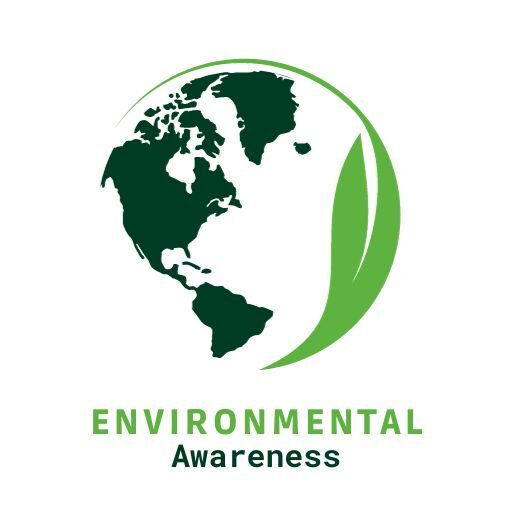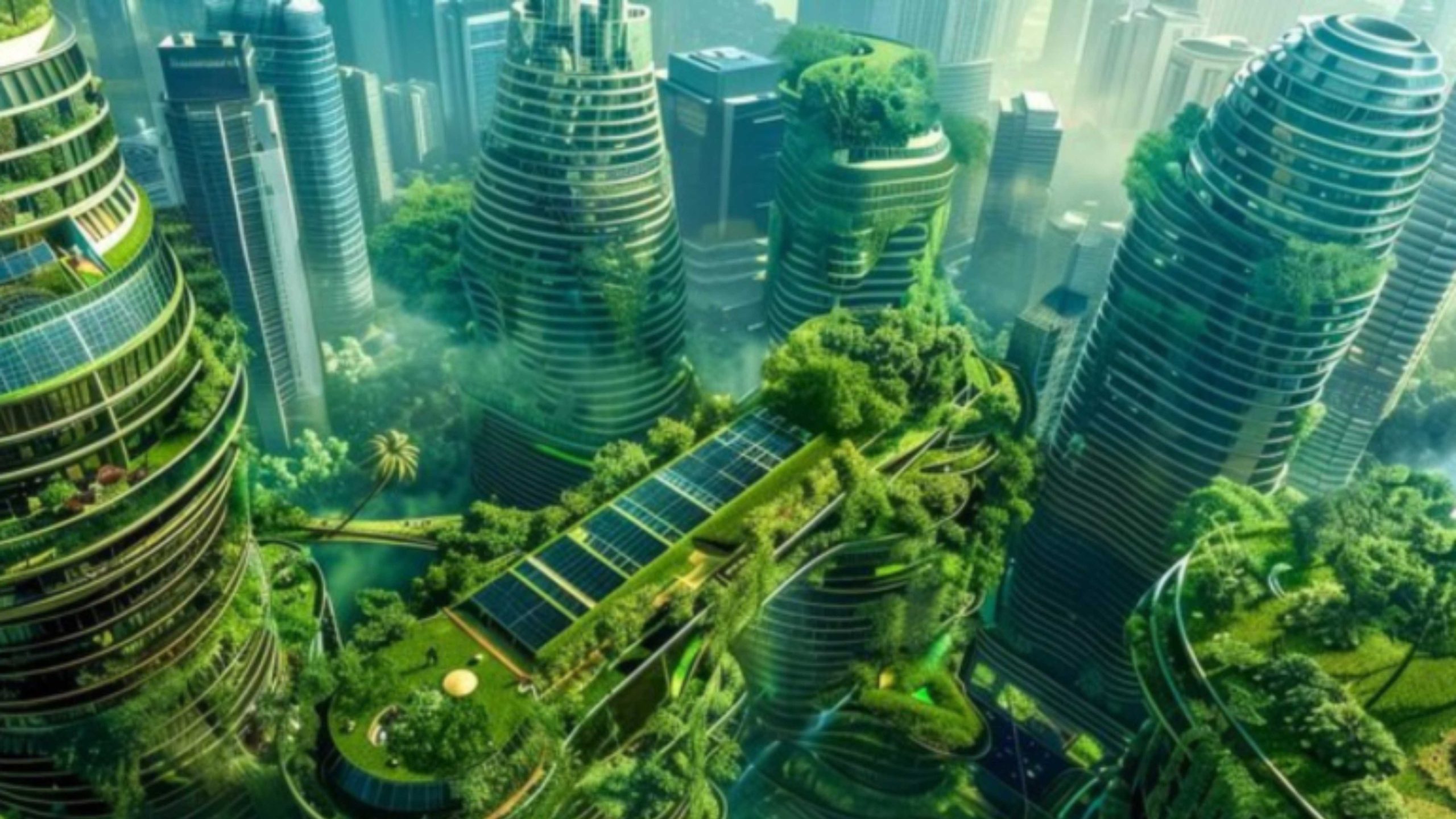
Circular Economy Solutions: Reducing Waste and Promoting Resource Efficiency
Introduction
An innovative strategy for long-term, sustainable economic growth is the circular economy. The circular economy, in contrast to the conventional linear economy, is regenerative and restorative by design. It operates on the ‘take, make, dispose’ paradigm. By preserving goods, parts, and materials at the best possible utility and worth at all times, it attempts to successfully separate resource consumption from economic growth. This blog examines several aspects of circular economy solutions, emphasizing waste reduction and resource efficiency.
Understanding the Circular Economy
Principles of Circular Economy
Three guiding concepts form the foundation of the circular economy:
- Design Out Waste and Pollution: Decisions made during the design phase result in waste and pollution, not the other way around. Pollution and waste can be eradicated by reevaluating and redesigning systems and goods.
- Continue to Use Materials and Products: The circular economy promotes the ongoing utilization of resources. To build a closed-loop system, this entails techniques including recycling, remanufacturing, refurbishing, reuse, and repair.
- Regenerate Natural Systems: By promoting mechanisms that let nature repair itself, this strategy seeks to increase natural capital. This could entail applying biomimicry in design, regenerative farming techniques, and making sure that renewable resources are exploited at a pace that permits their replenishment.
Circular Economy Solutions
- Product Design and Innovation: The process of moving toward a circular economy begins with design. Businesses may produce items that are easier to recycle, repair, and reuse if they start with the concepts of sustainability.
- Longevity in Design: Long-lasting products have longer lifespans, which lowers the need for raw materials overall because they require replacement less frequently. This entails the use of robust materials, modular designs that facilitate simple maintenance and improvements, and classic aesthetics that defy clinging to the past.
- Design for Disassembly: Products that are made with disassembly in mind can be readily disassembled at the end of their useful lives. This makes recycling and recovering precious materials easier. Electronic gadgets that are created with modular components, for example, are readily dismantled and can have individual pieces replaced instead of the complete product.
- Ecological Supply Networks: Creating supply chains that are sustainable is essential to the circular economy. This entails minimizing waste throughout the supply chain, optimizing resource usage, and ethically procuring raw materials.
- Responsible Sourcing: Businesses must make sure that the raw materials they use are sourced responsibly, avoiding labor abuse or environmental damage. This may entail the utilization of resources that are less harmful to the environment or recycled components.
- Effective Use of Resources: Improvements in process management and technical innovation can lead to resource optimization. For instance, employing 3D printing and other sophisticated manufacturing techniques can minimize material waste and enable more accurate output.
- Waste Minimization: Enhancing production procedures to lower errors and offcuts, putting in place take-back programs where businesses retrieve used goods for recycling, and developing by-product synergies—where waste from one process becomes the input for another—are some waste minimization tactics.
- Circularity-focused business models: The circular economy necessitates a change in company strategies from product sales to service sales. Closer ties with clients and more enduring revenue streams may result from this.
- PaaS, or product-as-a-service: Under the PaaS model, businesses lease their products to clients while maintaining ownership of the goods. This guarantees that businesses can reclaim and recycle things at the end of their lease and encourages them to produce high-quality, long-lasting goods.
- Sharing Economy: The sharing economy includes online marketplaces where idle assets can be shared. This improves the utilization of already-existing resources and lowers the need for additional ones. Coworking spaces, tool libraries, and car-sharing programs are a few examples.
- Services for Repair and Maintenance: By extending the life of products, repair and maintenance services lower the need for replacements. Businesses that want to guarantee that their products are properly maintained can either handle these services in-house or collaborate with outside vendors.
- Waste Management and Recycling: The circular economy is based on efficient recycling and waste management. We can maintain resource utilization and lessen our influence on the environment by making sure that waste is eliminated and materials are appropriately recycled.
- Advanced Recycling Technologies: The development of novel recycling technologies is essential to raising the efficacy and efficiency of recycling procedures. This comprises mechanical recycling, which transforms resources into new products, and chemical recycling, which reduces plastics to their most basic monomers.
- Energy from Waste: Garbage-to-energy is a potential remedy for non-recyclable garbage, even if the circular economy places a high priority on waste reduction and recycling. By converting garbage into useful energy, this technique lowers the amount of waste that is dumped in landfills and creates a renewable energy source.
- Circular Waste Management Systems: In order to implement circular waste management systems, closed-loop procedures involving the continual cycling of waste materials back into production must be created. Initiatives like industrial symbiosis, in which waste from one industry becomes a resource for another, can help achieve this.
- Consumer Engagement and Education: The shift to a circular economy depends heavily on consumers. The demand for sustainable goods and services can be increased by informing and involving customers in the advantages of circular business processes.
- Public Awareness Initiatives: Consumers can learn about the financial and environmental advantages of the circular economy through awareness initiatives. To disseminate the word, this may entail collaborations with governmental agencies, non-profit organizations, and academic institutions.
- Eco-Labeling: Eco-labeling informs customers about a product’s influence on the environment. Labels that support circular products, like the EU Ecolabel or the Energy Star grade, assist customers in making educated decisions.
- Rewards for Eco-Friendly Conduct: Offering rewards for eco-friendly conduct can motivate customers to engage in circular economy activities. This can include discounts for returning used goods, deposit-return programs for packaging, or incentives for taking part in recycling initiatives.
- Policy and Regulation: Governments are essential in facilitating the circular economy through legislation and policy. Governments may encourage companies and consumers to embrace circular practices by establishing regulatory environments that are conducive to them.
- Producer Responsibility Extended (EPR): Manufacturers are accountable for the whole product lifecycle, including disposal at the end of its useful life, under EPR regulations. As a result, businesses are encouraged to create items that are simpler to recycle, which relieves pressure on local trash management infrastructure.
- Circular Economy Legislation: Legislation that promotes the circular economy can include bans on single-use plastics, requirements for recycled content in products, and targets for waste reduction and recycling rates. For example, the European Union’s Circular Economy Action Plan sets ambitious targets for reducing waste and increasing recycling across member states.
- Economic Incentives: Governments can provide economic incentives to support circular economy initiatives. This can include tax breaks for companies that adopt circular practices, grants for research and development in circular technologies, and funding for infrastructure improvements that facilitate recycling and waste management.
- Technological Innovation: One of the main forces behind the circular economy is technological innovation. The development of sustainable products, increased resource efficiency, and new economic prospects are all made possible by new technology.
- Electronic Media: Supply chains can become more transparent and efficient with the use of digital technologies like big data analytics, blockchain, and the Internet of Things (IoT). IoT sensors, for instance, may track the state of goods in real-time, facilitating predictive maintenance and cutting down on waste.
- Circular Manufacturing: Additive manufacturing (3D printing) is one example of a circular manufacturing technology that may minimize material waste and produce intricate patterns that are hard to accomplish with conventional manufacturing techniques. This may result in the construction of durable, customizable products and a more economical use of resources.
- Bio-Based Materials: An alternative to conventional materials derived from fossil fuels is provided by the development of bio-based materials. At the conclusion of their life cycle, bio-based plastics, for instance, can be composted, lessening the impact of plastic waste on the environment.
Case Studies of Circular Economy Success
-
Philips: Lighting as a Service
The ‘Lighting as a Service’ model, which Philips invented, allows the company to maintain ownership of lighting fixtures while offering lighting services to clients. This model guarantees that fixtures are appropriately recycled at the end of their life cycle and incentivizes Philips to offer durable, energy-efficient lighting solutions.
-
Worn Wear Program at Patagonia
Customers are encouraged to trade in their used Patagonia items for store credit as part of the company’s Worn Wear program. In order to prolong their lifespan and lessen the demand for new products, the returned items are fixed and resold. This program encourages reusing materials and backs Patagonia’s dedication to sustainability.
-
Renault: Vehicle Remanufacturing
In their remanufacturing factory, Renault restores used auto parts—including engines and transmissions—to near-new condition. This procedure minimizes production costs, lessens the need for fresh raw materials, and prolongs the lifespan of automobile components.
Challenges and Future Directions
-
Challenges
There are difficulties in making the switch to a circular economy. Among them are:
- Economic Viability: In order to draw capital and maintain operations, circular business models need to be profitable.
- Consumer Behavior: It can be challenging to influence consumers’ purchasing decisions to favor circular goods and services.
- Regulatory Obstacles: Adoption of circular practices may be hampered by inconsistent rules in different areas.
- Technological Restrictions: A lot of circular technologies are still in the early phases of research, and scaling them up may involve large financial outlays.
-
Future Directions
In order to surmount these obstacles and expedite the shift towards a circular economy, the subsequent actions might be implemented:
- Collaboration: To promote systemic change, there has to be more cooperation between corporations, governments, and civil society.
- Innovation: Technical advancements that promote circularity will be fueled by sustained investment in research and development.
- Education: Increasing the scope of educational and training initiatives to give workers the skills necessary to operate in the circular economy.
- Policy Development: Formulating all-encompassing regulations that uphold circular economy principles and equalize the playing ground for enterprises.
Conclusion
The circular economy encourages resource efficiency and waste reduction, providing a viable route towards a sustainable future. We can build a regenerative economy that benefits people and the environment by developing creative products, sustainable supply chains, new business models, efficient recycling and waste management, consumer participation, supportive legislation, and technical developments. Even though there are still obstacles to overcome, a circular economy has enormous potential benefits, thus it’s a goal worth working toward.





